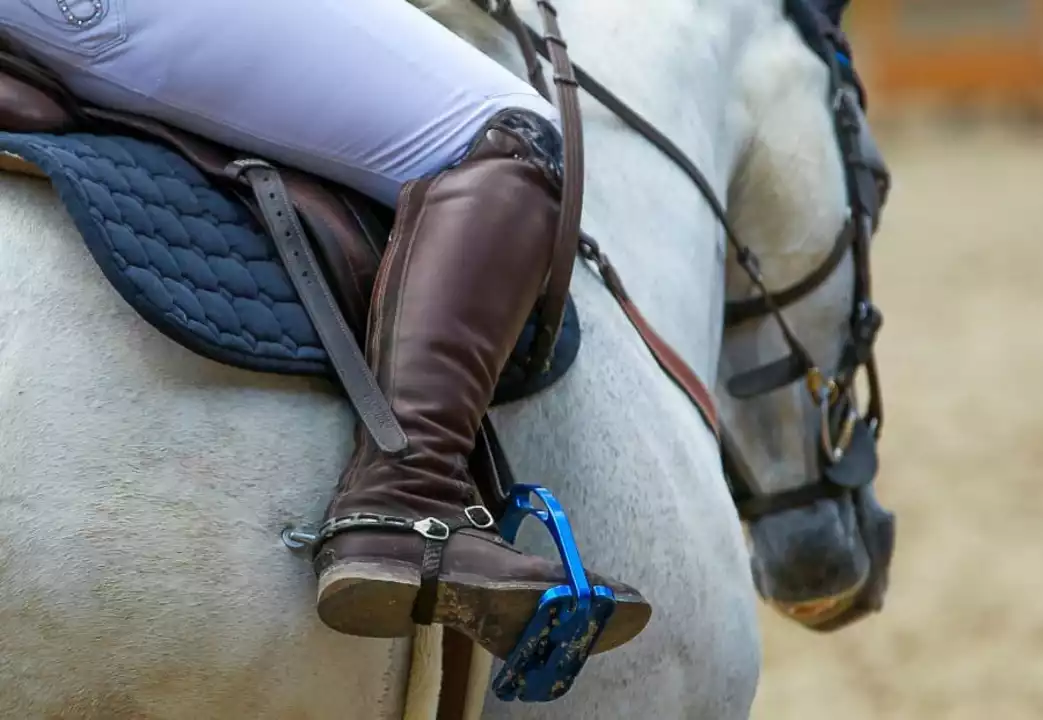Equestrian Tips and Advice You Can Use Right Now
Whether you’re just getting on a horse for the first time or you’ve been riding for years, there’s always something new to learn. This page is a quick‑stop shop for practical tips that help you ride safer, feel more confident, and keep your horse happy. We focus on the everyday stuff you can apply before your next lesson or trail ride.
First off, let’s talk about the most common question we hear: What type of spur should I use when horseback riding? The answer isn’t one‑size‑fits‑all, but the basics are easy to grasp.
Choosing the Right Spur
Spurs come in three main styles: English, Western, and Rowel. English spurs are low‑profile and work well for dressage or jumping because they give subtle cues without a lot of weight. Western spurs have a longer shank and a small rowel; they’re built for quick, clear signals in faster gaits. Rowel spurs have a spinning wheel on the tip—great for experienced riders who need a strong, precise nudge, but they can be harsh on a sensitive horse.
Here’s a quick way to decide:
- Discipline: If you ride English disciplines, stick with a simple English spur. For Western riding, a classic Western spur is the go‑to.
- Horse sensitivity: New or gentle horses respond best to low‑profile spurs. A horse that’s used to firm cues can handle a bit more weight.
- Your skill level: Beginners should avoid rowels. They’re meant for riders who already know how to use light aids.
Always test a spur on the ground first. Does it feel balanced? Can you easily adjust the pressure with your foot? If it feels heavy or awkward, try a different style or size. And remember, the spur is a tool, not a crutch—good hands and a clear seat are far more important.
Everyday Riding Tips
Beyond spurs, these small habits make a big difference:
- Check your tack every ride. A loose girth or worn reins can cause discomfort and break your focus.
- Keep your hands low. Your elbows should be relaxed and close to your sides; this gives the horse a clear, steady line.
- Use your legs as a steady aid. Light pressure on the outside leg can help the horse stay balanced, especially on uneven ground.
- Stay aware of your posture. A tall, relaxed spine means you’re in sync with the horse’s motion.
- Talk to your trainer. Even experienced riders benefit from a quick check‑in. A fresh set of eyes can spot tiny habits you’ve missed.
When you’re out on a trail, scan the path ahead for obstacles. A sudden jump can startle both you and the horse, so a pre‑emptive cue (a gentle squeeze of the reins) helps prepare the animal.
Finally, give your horse a quick post‑ride check. Look at the hooves for stones, feel the back for tension, and offer a gentle back rub. A happy horse is more likely to respond positively to your cues the next time you mount.
These tips are simple, but they pack a punch. Try one or two before your next session and notice the difference. Riding is a partnership—when you’re prepared, the partnership thrives.
What type of Spur should I use when Horseback Riding?
As a horseback rider, choosing the right type of spur is crucial for effective communication with your horse. There are various types of spurs, such as the English spur, Western spur, and the Rowel spur, each designed for specific riding disciplines and horse's sensitivity. The key is to find the right balance between providing clear signals and not causing discomfort to the horse. If you're a beginner, it's best to consult with a knowledgeable trainer or riding instructor to help you make the right choice. Remember, it's essential to use spurs responsibly and always prioritize the well-being of your horse.
READ MORE